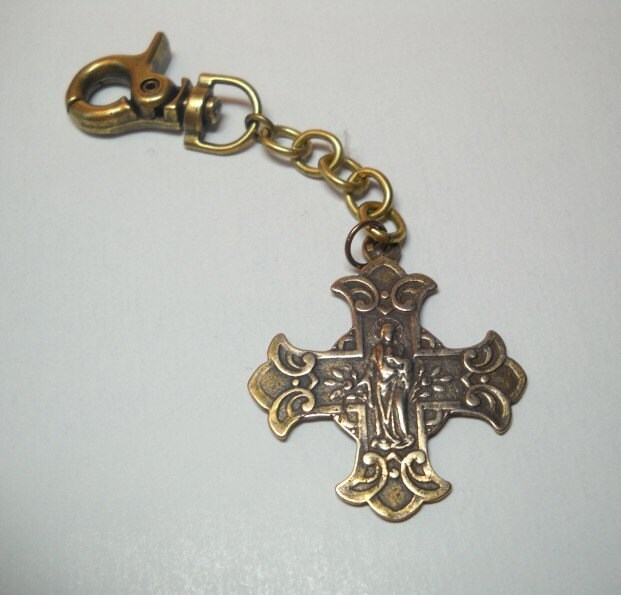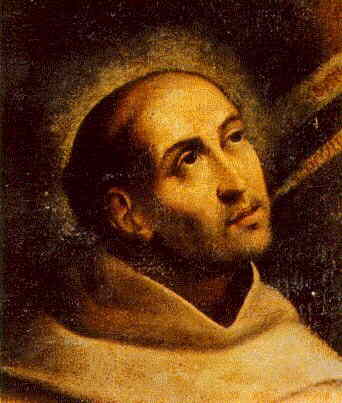Latin:
O Emmanuel, Rex et legifer noster,
exspectatio Gentium, et Salvator earum:
veni ad salvandum nos, Domine, Deus noster.
English:
O Emmanuel, king and lawgiver of us,
the hope of the nations and Saviour of them:
Come and save us, O Lord, God of us.
Well, we are finally at the last 'O Antiphon' and the last liturgical day of Advent. Notice that this antiphon begins like that Hymn that I gave yesterday. I did not want to reveal the letter for the last antiphon, but in order that you could sing the song, I had to give that familiar verse. I recommend that you add the first verse again at the end if you sing the song at home to celebrate the 'O Antiphons'.
 |
| Thanks again to Peter O's children for these pictures. |
O Emmanuel: this is a fitting final title because of the prophecy (which you are familiar with in Matthew) which uses this name and because of the meaning of the name. You may not be familiar with the original prophecy, where Isaiah was sent to meet King Achaz in the way:
Is. 7:10 And the Lord spoke again to Achaz, saying: 11 Ask thee a sign of the Lord thy God either unto the depth of hell, or unto the height above. 12 And Achaz said: I will not ask, and I will not tempt the Lord. 13 And he said: Hear ye therefore, O house of David: Is it a small thing for you to be grievous to men, that you are grievous to my God also? 14 Therefore the Lord himself shall give you a sign. Behold a virgin shall conceive, and bear a son, and his name shall be called Emmanuel. 15 He shall eat butter and honey, that he may know to refuse the evil, and to choose the good.
Modern scripture scholars say that all prophecies are of events current to the prophet's life. The idea being to explain away any miraculous happenings and so fit the interpretation of the Bible into the mold of modern science. Modern science seems to have as a principle that the possibility of a God is not to be considered, even as part of a hypothesis. And so they say that the word virgin really just refers to a young woman -- because otherwise we would have a miracle -- and that the woman was already pregnant -- because otherwise the prophecy itself would be a miracle of predicting the future. These people have no faith and their ability to read scripture even without faith is less than scientific, because they are not willing to consider the possibility of miracles.
The very context suggests that this is not what the prophet is saying; "Ask thee a sign of the Lord thy God either unto the depth of hell, or unto the height above." Would a young married woman having a baby be a sign "either unto the depth of hell, or unto the height above?" How can this be the sign which the prophet is about to foretell?
Besides what an embarrassing turn of phrase would it be to call the woman a "virgin" when the specific meaning was just a young woman. If she was married she would not be old enough to pass over the term virgin to be called a wife/woman. (Many ancient languages did not distinguish between wife and woman.) It was not Isaiah's style to make egregious grammatical errors for the sake of a trick. It would be incorrect to refer to a married woman with a word for young women, which word also means virgin. A different term for young women would have to be used.
The evoking of this prophesy in our minds by the word 'Emmanuel' on this last day is appropriate because it concretely describes what is to take place in just a short time: "A virgin shall conceive and bear a son." It is also a name very directly attributed to Him - "His name shall be called Emmanuel." How wonderful it is that we, in praying this antiphon, fulfill the prophesy ourselves.
Finally, this is an appropriate final title because of the meaning of Emmanuel. You will notice the "el" at the end of Emmanuel. This happens frequently like in the name Michael, Gabriel, Raphael, Israel, and Ishmael. The word is added to the ends of Hebrew names and actually means 'God'. So for example Michael means: "Who is like God". Emmanuel means: "God with us." As so it is for the final 'O Antiphon' where we profess most clearly that Christ is God. And at the end of the antiphon we pray for our most basic and universal want, "save us." We punctuate the antiphons with an out and out profession for the sake of more merit, one final name: "Our Lord and God."

And now for the code: with the final word Emmanuel we have an 'E' which gives us: "Ero Cras." Now some of you may have looked up or already know that Cras means tomorrow. Ero is future verb and means: "I will come". So the phrase is: "I will come tomorrow." This secret phrase exhilarates us with expectation. It is repeated in many different ways all morning and afternoon before first Christmas Vespers in the verses and antiphons :
(The Invitatory at Matins:) "This day ye shall know that the Lord cometh * and in the morning, then ye shall see His glory. (Verses at Matins and Antiphon throughout the day:) Sanctify yourselves to-day, and be ready for on the morrow ye shall see * The majesty of God upon you. Stand still, and ye shall see the help of the Lord with you O Judah and Jerusalem, fear not.* To-morrow ye shall go out, and the Lord will be with you. On the morrow the sins of the earth shall be washed away, and the Saviour of the world will be our King. On the morrow * ye shall be saved, saith the Lord God of hosts. (Antiphon of the Canticle of Simeon at Lauds:) Rise, he shall, * like the sun, the Savior of the world, and come down into the womb of the Virgin as the showers upon the grass. Alleluia.
The prayer for the Vigil of Christmas is a prayer especially for all who have made a journey through the stations of the 'O Antiphons'. God Bless you all. I will end with the prayer.
God, who gladden us by the annual expectation of our redemption, grant that we who now joyfully welcome thy Only-begotten Son as our Redeemer, may also, without fear, behold him coming as our Judge.


































